A rash is eruptions of red spots or patches on the skin and is a sign of an underlying problem caused by reactions to substances, allergies or infections
Cradle cap is a condition whereby patches of greasy yellow flakes and small pimple-like bumps appear on the scalps of healthy babies. Sometimes it may appear on the eyebrows, ears and other areas where sebaceous glands are located. It can occur in any baby, and appear during the early weeks of life and will clear by the sixth month. Some dermatologists think that high levels of maternal hormones are transmitted to the baby during the final weeks of pregnancy. This makes the sebaceous (oil) glands in the baby’s skin hyperactive which trigger overproduction of sebum which not only overstimulates the growth of new skin cells but also binds the old skin cells into flakes and crusts. It often has a mild unpleasant smell and does not cause any discomfort to the baby.
Some doctors recommend leaving it alone but I prefer to treat it early because I have seen many cases whereby the crust becomes so thick that whenever it is rubbed, large chunks of hair comes off leaving a very red and raw looking area. Treatment is to apply a liberal amount of baby oil to the affected area about 20 minutes before the baby’s bath. This will allow the crust to become soft and easy to remove. During the bath, apply a little baby shampoo to the head and using a soft hair brush or face cloth, gently brush or rub the crust off. Do this once a day until the crust has been completely removed. Sometimes it may recur after a few days so continue to wash baby’s hair in the same way. Once the baby’s sebaceous (oil) glands settle down the condition will disappear.
N.B. The oil application must be shampooed out to prevent an oily buildup which may make the condition worse. Do not try and remove the crusts and scales with the tip of a fingernail.
Heat rash consists of tiny blisters filled with sweat. It forms when the pores become blocked and prevent the sweat glands from releasing the sweat or when heat and humidity exceed the ability of the sweat glands to cool the body. Babies are especially vulnerable because their ability to sweat is not fully developed and they often wear or lie on waterproof materials. It normally develops around the neck, face, armpits and sometimes on the chest and back.
Western medication includes applying calamine lotion and antihistamines for severe itching. Sometimes applying a light dusting of corn starch powder may help to relieve the itchiness. Chinese traditional remedy is to bath the baby with boiled dried bitter gourd vine daily for 3 days.
It is best to prevent the condition from developing by dressing the baby in light cotton clothes especially in warm or hot weather. Avoid laying the baby on a plastic covered mattress or pad. Do not apply moisturizing cream or lotions or use bath oils for babies under 3 months as these products may clog the pores. Do not over wrap the baby in layers of clothes and swaddling blanket.
Nappy rash is often due to infrequent nappy change causing irritation from ammonia which is released when bacteria starts breaking down the contents of a dirty nappy. It could be due to an allergy to your washing powder or fabric conditioner if your baby wears cloth diapers or a food/drug allergy especially antibiotics. The genital area, buttocks, groins and sometimes the upper thighs will look red and inflamed. It can be dry or moist and sometimes look pimply. Babies with nappy rash may be very fussy and cries frequently or does not seem bothered at all.
“Prevention is better than treatment” so the best defence against nappy rash is a dry bottom.
Infantile eczema is an itchy dry scaly rash usually seen on the cheeks or chin, but may show up on the head, trunk, back of arms, or front of legs and is not contagious. It is first noticed at 2 to 5 months of age and is most common in families with history of allergies or asthma. In most cases it will settle down by the time the child reaches school age but for some it may continue to be a life long problem. The frequency and severity of flare ups can be dramatically reduced with careful daily washing using a hypoallergenic soap and applying moisturisers, topical steroids when needed. Avoid trigger factors such as excessive sweating, woollen clothing, soaps and bubble bath. Sometimes it may be necessary to give baby antihistamine if the itch is very intense and is making the baby very irritable.
Sometimes the eczema can become infected by bacteria and this causes extensive redness, swelling and weeping of the affected area. In this case it may be necessary for the doctor to prescribe an antibiotic cream together with a steroid cream. Children with severe eczema usually also have hay fever and asthma.
Urticaria or hives are red or pink raised areas on the skin that are very itchy and warm to the touch. It may appear on any part of the body and usually last from a few hours to a few days, but can stay for weeks or even months in some cases. Hives are usually caused by food allergies with the most frequent culprits being eggs, shellfish, chocolate, food additives, colouring or preservatives. It can also be due to allergy to certain drugs or in response to contact with animals especially cats or from insect bites.
It may come on after exposure to extreme temperature especially heat or chemicals. Most often hives will disappear on its own after the allergic reaction is over. If it causes itching and discomfort, the doctor may prescribe an oral antihistamine and calamine lotion to apply on the rashes. Avoid giving your child allergy causing food until the hives have subsided. Later try to find the offending culprit by reintroducing the food item one at a time and once you know the offending food it is important to let your child’s caretakers or school teachers know so that the food is avoided. This is because very rarely, hives can develop in the mouth and throat which can obstruct the child’s airways. You can put this information on sticker labels on your child’s feeding utensils especially in preschools when your child is too young to tell the caretakers.
Traditional Chinese therapy recommends not bathing the child as it will cause more rashes to appear and make the rash itch more. Treatment is to heat up some rice wine and apply it on the rashes 3 times a day. Most often the rashes will disappear after 2 days.
Hand foot and mouth disease (HFMD) is a skin rash with flat or raised red spots on the palms of the hands and soles of the feet and sometimes on the buttocks. Often the rash will form tiny blisters which look like the chickenpox rash but it does not itch. A day or two later the child may develop sores or blisters on the tongue, gums and inside of the cheeks. They begin as small red spots on the tongue, gums or mucous membranes which then develop into blisters or sores.
It is caused by Coxsackie virus A16 which belongs to a group of viruses called enterovirus and is normally not serious. Infection is spread by direct contact with saliva, nose and throat discharges, fluid from the blisters or the stool of an infected person who is most contagious during the first week of the illness. All infected cases recover without medical treatment by 7 to 10 days. It is most common between ages 6 months and 4 years. Very rarely, it may be caused by another strain of Coxsackie virus EV71 whereby the child develops aseptic meningitis or encephalitis (Inflammation of the brain). This strain may be fatal as in the case in Sarawak in 1997.
Treatment is to provide relief from fever or pain from the mouth ulcers and give plenty of fluids. There is no immunization for HFMD.
Thrush or candidiasis is a fungal infection from Candida albicans. It appears as a red bumpy rash in the diaper area and the bumps are sometimes pus-filled. It may be worse in the skin folds and does not respond to diaper cream. Often the primary source of infection is in the mouth which then spreads to the nappy area from the contaminated stools. It normally starts as a couple of white patches on the sides of the mouth and if not treated quickly can spread until the tongue is coated as well. This makes it painful for baby to suckle. The creamy patches look like milk curds and therefore is easily missed. Use a cotton bud to wipe the white patches. If the patches cannot be removed it confirms that the baby has thrush therefore should be taken to the doctor who may prescribe Daktarin gel for the oral thrush and cream for the nappy area. If the infection is severe it may be necessary for the doctor to prescribe Daktacort which has a small amount of steroid in it to speed up the healing process. All feeding equipment must be boiled thoroughly for 10 minutes to prevent recurrence.
Roseola infantum or false measles is a viral illness in young children between the ages of 6 months and 2 years. The rash is pink and may have small flat spots or raised bumps. These spots may have a lighter “halo” around them and may turn white if you press on them.
Roseola usually starts out with a sudden high fever often over 103° Fahrenheit or 39.5° Celsius. During this time, the child may appear fussy or irritable and may have decreased appetite, mild diarrhoea and swollen lymph glands in the neck. The fever typically lasts three to five days and end abruptly followed by the telltale rash which is usually seen on the trunk and neck, but it can extend to the limbs and face. The rash may last for several hours or days.
A diagnosis of roseola cannot be made until the fever drops and the rash appears, so the doctor may order tests to make sure that the fever is not caused by another infection.
Roseola is contagious and spreads through tiny drops of fluid from the nose and throat of infected people. There is no known way to prevent the spread of roseola. Repeat cases of roseola may occur, but they are not common.
Treatment is to keep your baby well hydrated with lots of fluids and to control the fever to prevent a febrile seizure as about 10 to 15 percent of children with roseola have a febrile seizure.
Knowing the different types of rash and treatment is important to help alleviate your baby’s discomfort.

A Summary of Some Common Skin Rashes in Babies by Cecilia Koh is licensed under a Creative Commons Attribution 3.0 Unported License.
Based on a work at http://www.articlesbase.com/babies-articles/a-summary-of-some-common-skin-rashes-in-babies-313324.html.

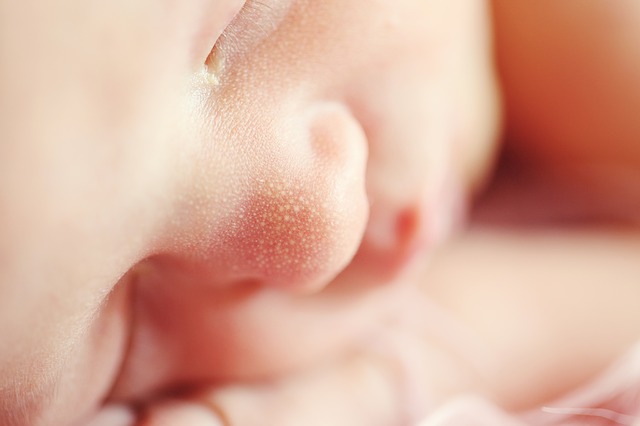
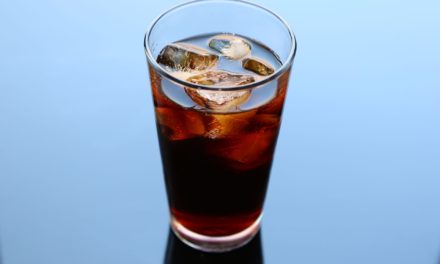

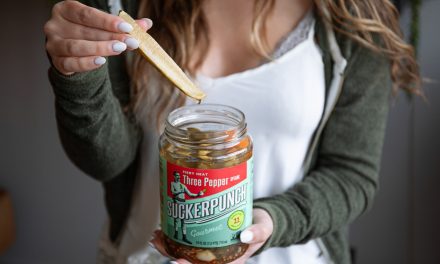
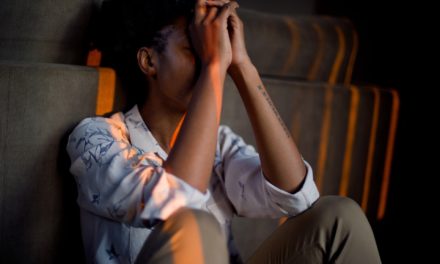

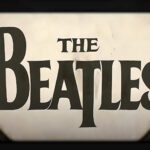

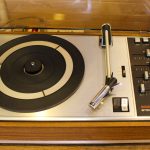


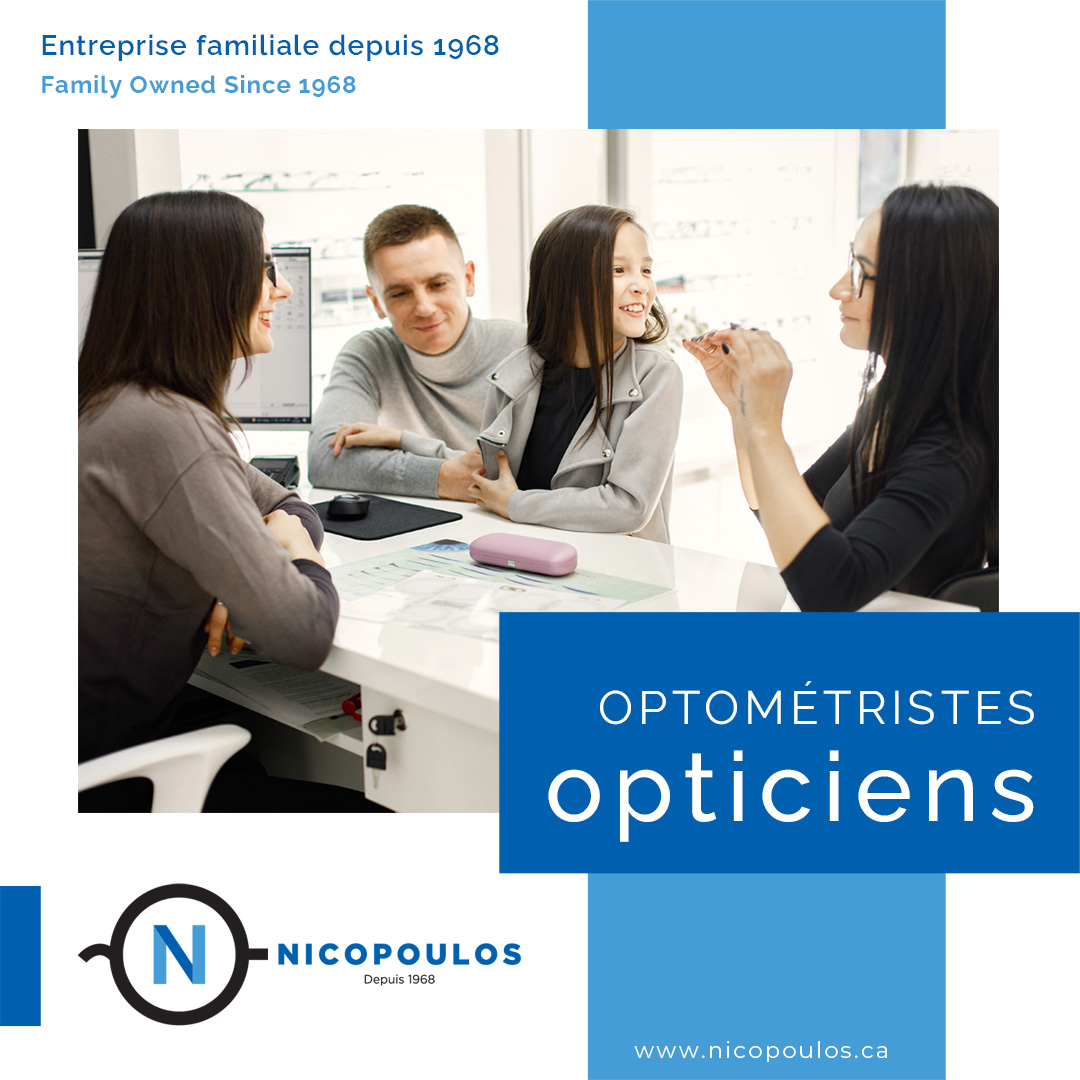

Leave a Reply